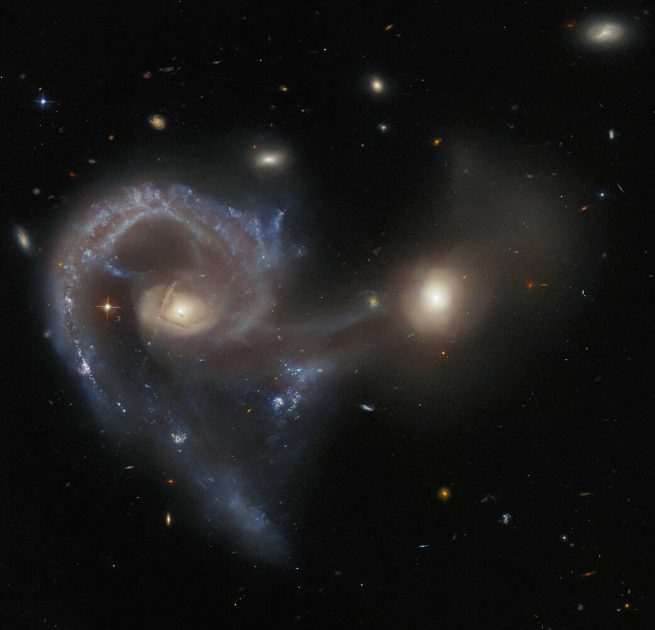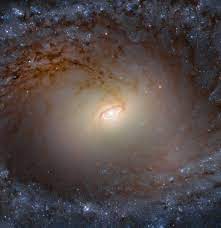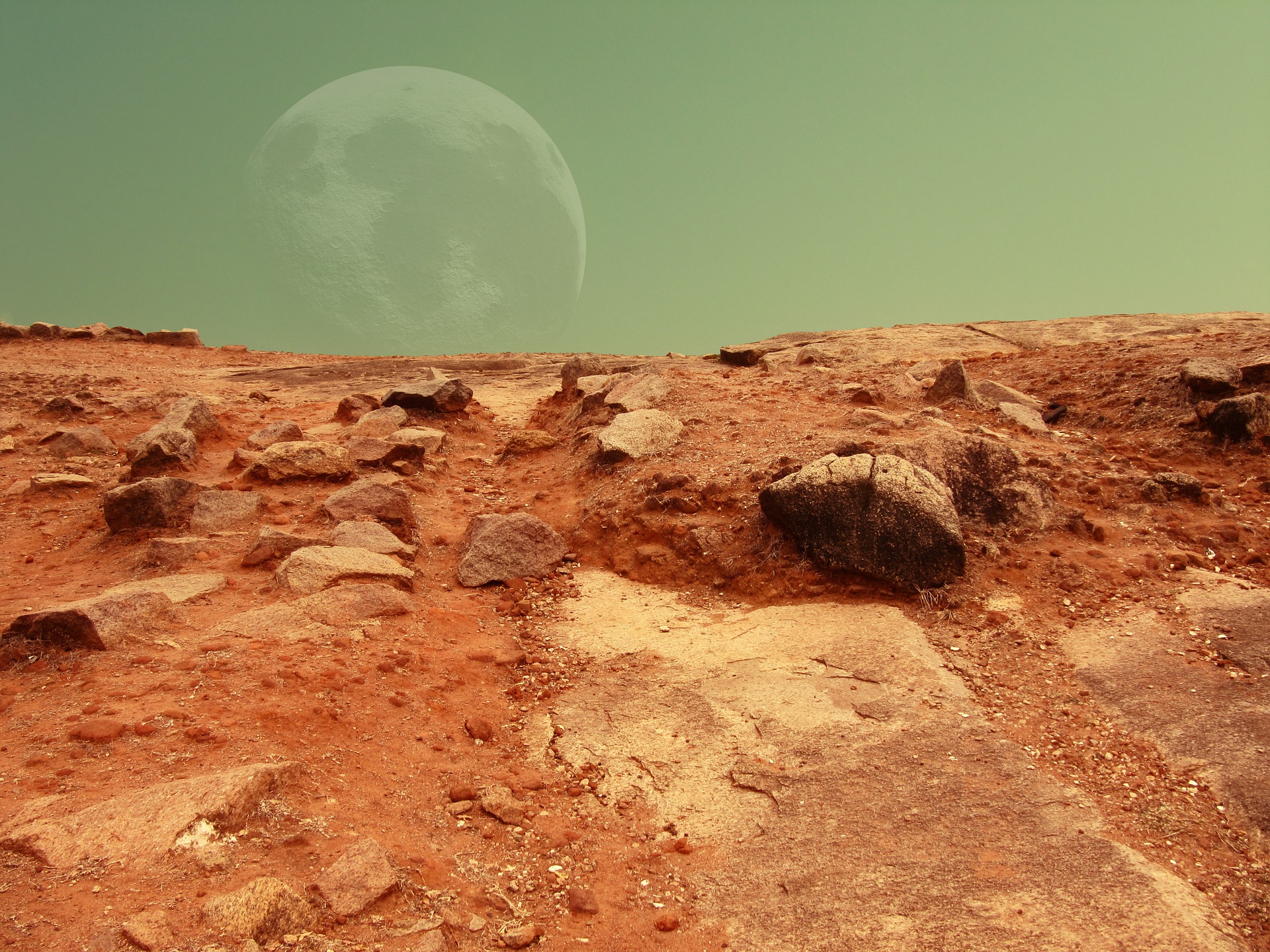Hubble Space Telescope snaps a unique galactic pair, Arp 107
The NASA/ESA Hubble Space Telescope’s Advanced Camera for Surveys (ACS) has captured an unusual galactic pair known as Arp 107. This mesmerizing image showcases two galaxies in the midst of a celestial collision, located approximately 465 million light-years from Earth.

The larger member of this cosmic duo is a Seyfert galaxy (left), distinguished by its intense energy emissions. At its core lies an active galactic nucleus, which, remarkably, doesn’t overshadow the intricate details of the galaxy’s structure.
The Hubble image allows for a comprehensive view of the entire galaxy, revealing its spiraling patterns, star-forming regions, and cosmic dust lanes. This galactic dance is a testament to the unforgiving forces at play in the cosmos.
The smaller companion galaxy (right), is delicately connected to its larger counterpart by a slender bridge of cosmic debris, binding their destinies in an intricate celestial embrace.
What sets Arp 107 apart from other celestial encounters is its inclusion in the Atlas of Peculiar Galaxies – a catalog of 338 galaxies systematically catalogued by American astronomer Halton Arp in 1966.
In addition, Arp’s work is significant in the field of astronomy as it provided a systematic way to classify and study galaxies that deviated from the typical spiral and elliptical forms.
The Atlas of Peculiar Galaxies, initially published in 1966 and later expanded in 1969, offers a systematic classification of galaxies displaying unconventional features such as distorted shapes, interactions with neighboring galaxies, or unique star and gas distributions.
Arp’s work significantly contributed to our understanding of galaxy evolution, particularly in regions of the universe where galaxy interactions are common.
Arp 107, observed by the first major optical telescope placed in space, is but one chapter in this cosmic chronicle. With the promise of advanced telescopes like the James Webb Space Telescope and the potential of the Wide Field Infrared Survey Telescope, future studies are poised to reveal more distant galactic duos, further enriching our understanding of the universe’s early stages.
The Hubble Space Telescope, named after astronomer Edwin P. Hubble, was launched in 1990 from the space shuttle Discovery. It played a pivotal role in confirming the expanding universe theory, forming the basis of the big bang theory. The 32-year-old time-peering machine transmits approximately 150 gigabits of raw science data every week and depends on the Sun for energy. It utilizes two 25-foot solar panels to generate about 5,500 watts of power in sunlight, with an average usage of about 2,100 watts.


